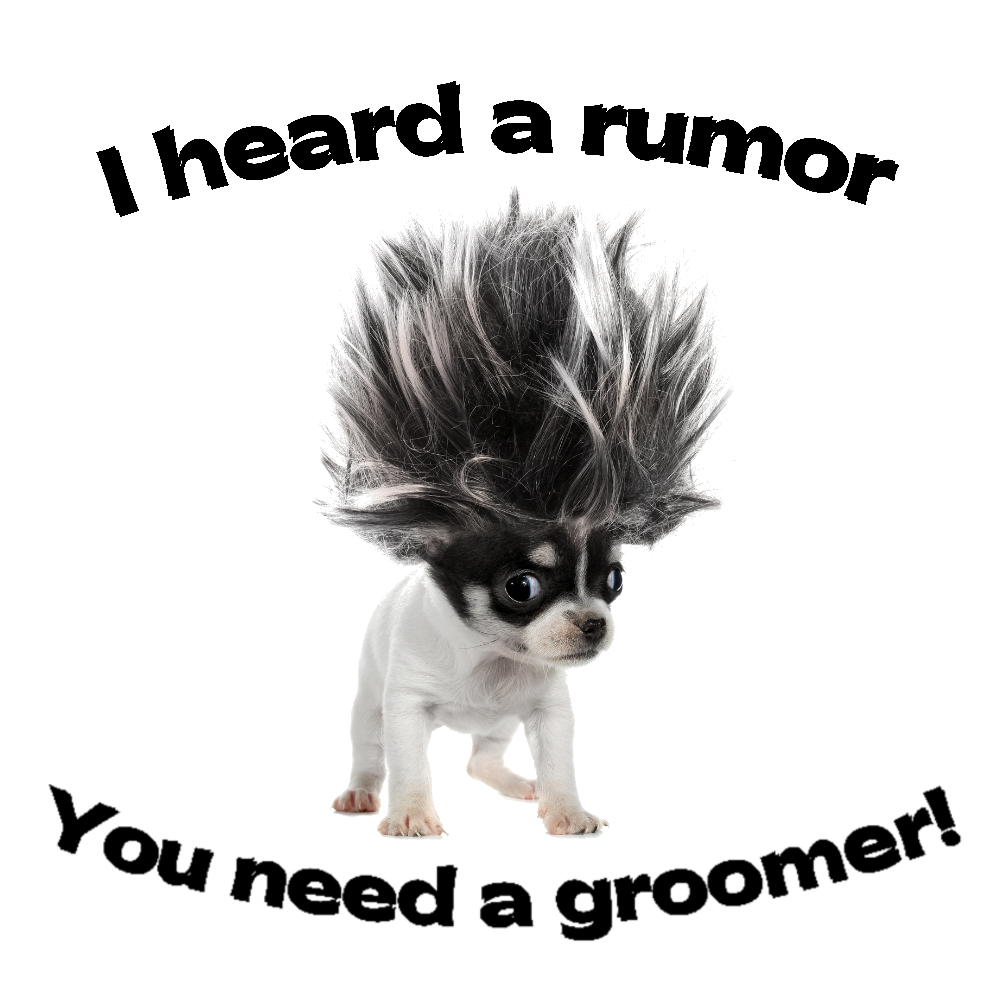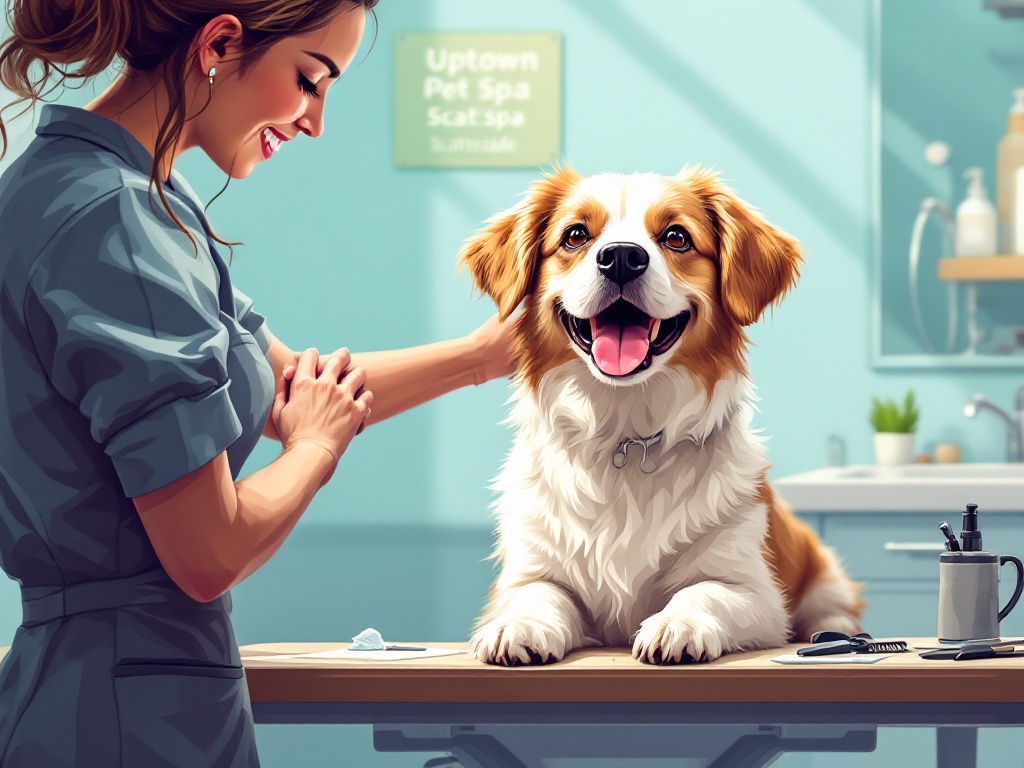Understanding Anal Gland Health in Dogs: A Comprehensive Guide
As a pet owner, ensuring the health and well-being of your furry friend is always a top priority. While most pet care routines focus on nutrition, grooming, and exercise, one lesser-discussed but equally important aspect of canine health involves the anal glands. These small, often overlooked glands can occasionally cause discomfort, irritation, or even health issues if not properly cared for. In this article, we’ll dive deep into understanding anal gland health, when and why expression is necessary, and how to ensure your dog stays comfortable and happy.
What Are Anal Glands?
Anal glands, also known as anal sacs, are two small, pea-shaped glands located on either side of a dog’s anus. They serve a unique purpose in the animal kingdom: territorial marking. These glands contain a pungent, oily fluid that is released naturally when a dog defecates. This fluid carries a scent that is unique to each dog, acting as a form of identification and communication among canines.
In most healthy dogs, the anal glands function without issue, emptying themselves naturally during bowel movements. However, there are instances when the glands may become impacted, overfilled, or infected, leading to discomfort and potential health problems.
Normal Function of Anal Glands
Under normal circumstances, a dog’s anal glands empty during defecation. The pressure exerted by the stool passing through the rectum is typically enough to release the fluid stored in the glands. This process is entirely natural and usually goes unnoticed by pet owners.
The fluid released by the anal glands plays a significant role in canine communication. Dogs identify one another and gather information about their environment by sniffing these scents. It’s a behavior deeply rooted in their instincts.
When Is Anal Gland Expression Needed?
While most dogs go through life without requiring manual anal gland expression, there are situations where intervention becomes necessary. If the glands fail to empty naturally, they may become impacted or overfilled. This can lead to discomfort, irritation, and even infection.
Common Causes of Anal Gland Issues:
- Soft Stool or Diarrhea: Firm stool is essential for naturally emptying anal glands. If a dog frequently experiences soft stool or diarrhea, the glands may not receive enough pressure to empty.
- Obesity: Overweight dogs may have difficulty with natural anal gland expression due to the additional pressure on their bodies.
- Breed Predisposition: Certain breeds, such as small dogs like Chihuahuas, Dachshunds, and Toy Poodles, are more prone to anal gland issues.
- Dietary Factors: A poor diet lacking in fiber can contribute to softer stools and increased risk of anal gland problems.
- Underlying Health Conditions: Allergies, infections, or skin conditions can exacerbate anal gland issues.
Signs of Anal Gland Problems
Recognizing the signs of anal gland issues is crucial for early intervention. Here are some common symptoms to watch for:
- Scooting: If your dog is dragging their rear end along the ground, it’s often a sign of irritation or discomfort caused by full or impacted anal glands.
- Excessive Licking or Chewing: Dogs may lick or chew around their anus in an attempt to relieve discomfort.
- Foul Odor: A strong, fishy smell emanating from your dog’s rear end is a telltale sign of anal gland issues.
- Discomfort During Defecation: Straining, whining, or showing signs of pain while defecating could indicate a problem with the anal glands.
- Swelling or Redness Around the Anus: Visible inflammation or swelling near the anus is a sign that the glands may be impacted or infected.
If you notice any of these symptoms, it’s essential to consult with a veterinarian promptly to determine the appropriate course of action.
The Process of Anal Gland Expression
Anal gland expression is the process of manually emptying the fluid from the glands. This procedure can be performed by a veterinarian, a professional groomer, or, in some cases, a trained pet owner. However, it’s important to note that improper technique can cause discomfort or even injury to your dog, so it’s always best to leave this task to professionals unless you’ve received proper training.
How It’s Done:
- External Expression: This involves gently applying pressure to the glands from the outside of the anus. It’s a less invasive method but may not be effective for severely impacted glands.
- Internal Expression: This method requires inserting a gloved finger into the dog’s rectum to apply pressure directly to the glands. It’s more effective for fully emptying the glands but should only be performed by a trained professional.
Frequency of Anal Gland Expression
Anal gland expression is not a routine procedure for most dogs. For the majority of healthy dogs, the glands empty naturally without any need for intervention. However, some dogs may require regular expression due to recurring issues.
Factors That Influence Frequency:
- Dogs prone to anal gland problems may need expression every 4 to 6 weeks.
- For others, it may only be necessary a few times throughout their lives.
- Dogs with chronic issues may benefit from a veterinarian-recommended schedule.
It’s important to avoid overexpressing the glands, as this can lead to irritation or dependence on manual expression.
Preventing Anal Gland Problems
Prevention is always better than cure. While some dogs may be predisposed to anal gland issues due to their breed or anatomy, there are steps you can take to minimize the risk:
- Maintain a Healthy Diet: A diet rich in fiber promotes firm stools, which help naturally empty the anal glands. Consult your veterinarian for dietary recommendations tailored to your dog’s needs.
- Regular Exercise: Keeping your dog active helps maintain a healthy weight and overall well-being.
- Monitor Stool Quality: Pay attention to your dog’s bowel movements. Consistently soft stools may indicate a need for dietary adjustments.
- Routine Grooming: Regular grooming sessions provide an opportunity to check for signs of anal gland issues and address them early.
- Consult Your Veterinarian: If your dog has a history of anal gland problems, work with your veterinarian to develop a proactive care plan.
When to Seek Veterinary Care
While minor anal gland issues can often be managed with regular expression, there are situations where veterinary care is essential:
- Severe Swelling or Pain: If your dog shows signs of significant discomfort or swelling, it may indicate an infection or abscess.
- Persistent Problems: Chronic anal gland issues may require further investigation to identify underlying causes.
- Bloody or Discolored Discharge: This could be a sign of infection or more serious health concerns.
- Behavioral Changes: If your dog becomes lethargic, loses appetite, or exhibits other unusual behaviors, consult your veterinarian immediately.
The Role of Professional Grooming Services
Professional grooming services, like those offered at Uptown Pet Spa of Scottsdale, play a vital role in maintaining your dog’s overall health and hygiene. Groomers are trained to recognize signs of anal gland issues and can provide routine expression when needed. Additionally, regular grooming sessions ensure your dog’s coat, skin, and nails are well cared for, contributing to their overall well-being.
Helping Your Dog Stay Comfortable and Healthy
Anal gland health is an often-overlooked aspect of canine care, but it’s essential for your dog’s comfort and happiness. By understanding the normal function of anal glands, recognizing the signs of potential issues, and taking preventive measures, you can help your furry friend avoid discomfort and maintain optimal health.
At Uptown Pet Spa of Scottsdale, we’re committed to providing the highest level of care for your pets. From grooming services to addressing specific health needs, our team is here to support you and your beloved companion every step of the way. If you have concerns about your dog’s anal glands or any other aspect of their care, don’t hesitate to reach out to us for professional guidance and support.


